
Breathing exercises have been used for centuries as a way to reduce stress and anxiety, improve focus, and even help with respiratory issues. Today, respiration techniques are more popular than ever as a way to improve overall health and wellness. Ideally, you should be breathing through your nose when exercising because it allows you to take in more oxygen than your mouth. However, if this is not possible (for instance if you’re doing yoga), then an exercise that involves both the nose and mouth will still allow you to receive enough oxygen while also keeping your neck relaxed during physical activity.
About breathing

Breathing is a complex process that takes place every minute of every day. It is also an involuntary and automatic function of the body, which means we don’t have to think about breathing in order to breathe. However, respiration can be controlled voluntarily. The respiratory system consists of the lungs, windpipe (trachea), bronchi (breathing tubes), and alveoli (air sacs). The muscles around these organs allow us to inhale air from our surroundings into our bodies and then exhale carbon dioxide back into our surroundings through our nose or mouth.
Why is it so important?
Breathing is the first step in the respiratory process, which is a critical component of your cardiovascular system. This system includes all organs that take in oxygen and release carbon dioxide, such as your heart and lungs.
Respiration also plays an important role in regulating metabolism—the chemical processes that occur within cells to sustain life.
Finally, your immune system depends on respiration for proper function; oxygen molecules are carried from their lungs into white blood cells that then circulate throughout the body.
Exercise that improves breathing
Diaphragmatic Breathing
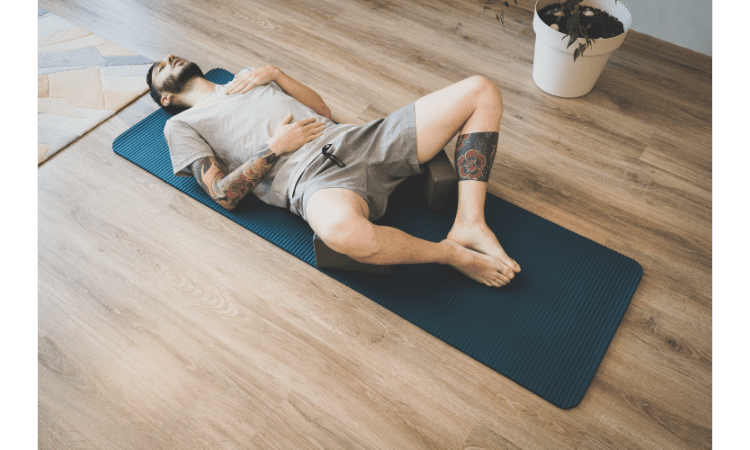
Diaphragmatic breathing is an exercise that allows you to take in more air than normal, and therefore increases the amount of oxygen you absorb. This is an important skill for athletes, because it helps them stay calm under pressure. Diaphragmatic breathing exercises are also beneficial for anyone who has trouble sleeping at night because they can reduce stress-related panic attacks. In addition, diaphragmatic breathing helps with digestion and relieves tension in muscles by increasing blood flow throughout the body.
Advanced practitioners can use this type of respiration to help get rid of phlegm or mucous due to its ability to massage internal organs when done properly. However, if you suffer from asthma or emphysema then this exercise may not be right for you as it could cause further damage due to over-inflation of the lungs while under pressure (such as during exercise).
Read Also: The Importance of Good Hydration
Box Breathing
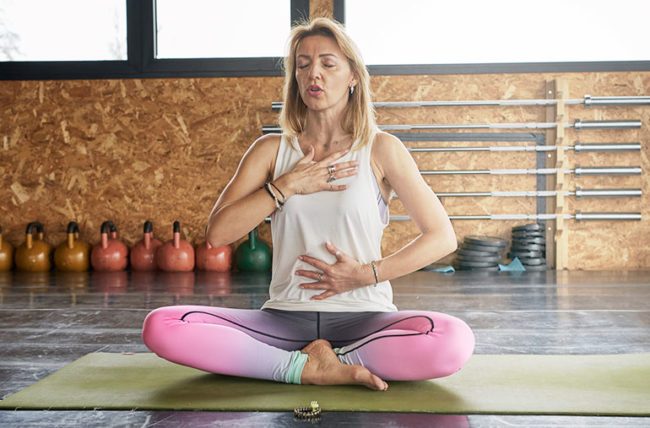
Box breathing is a method of controlling your breathing in order to help you calm down. The exercise involves taking slow, deliberate breaths while focusing on specific parts of your body. The goal is to bring awareness and focus to your breath, which will help you relax through meditation or just when you are feeling stressed out and it improves breathing.
To do this exercise, take a deep breath in through your nose (as you breathe in, imagine respiration into an imaginary box). Hold that breath for four seconds while counting “one thousand one” in your head (or saying it aloud if that makes sense for you). Then slowly exhale through pursed lips with another count of “one thousand two.” Repeat this process three more times: Inhale through the nose for four seconds; hold for four seconds; exhale slowly for eight seconds; then repeat as many times as necessary until you feel relaxed enough to stop doing so.
Pranayama

Pranayama is a practice that involves the regulation of breath. The Sanskrit word “prana” refers to life force and the prefix “ayama” means control or extension. Pranayama is therefore an exercise or skill through which you can control your life force and use it for spiritual growth, healing and well-being.
Pranayama helps to control the mind, boost up concentration and reduce stress by relaxing all muscles in the body; it also helps to awaken kundalini energy (the sleeping serpent power) within you which lies dormant at the base of your spine until awakened through various practices including pranayama exercises.
Pursed-Lip Breathing
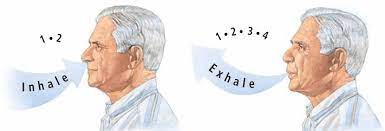
The first and most basic of the breathing exercises is pursed-lip breathing. This technique involves placing your tongue against your upper front teeth, taking a deep breath in through your nose, then exhaling through a tightly pursed mouth. It’s important to note that the muscles surrounding your lips should be relaxed as you breathe out—you should not feel like you’re straining to force air out of your lungs or holding in any excess air.
Pursed-lip breathing can help you relax, control your respiration rate, fall asleep at night and manage pain using nitric oxide levels in the body (a chemical responsible for controlling blood pressure).
Simhasan or Lion pose

Besides the Cobra and the Cat, Simhasan or Lion pose is another great exercise for improving breathing. It is also known as the Lion pose and it is one of the best workout for improving respiration. As a part of yoga, it helps to restore your energy level and helps to increase your lung capacity.
It can be done by sitting on your heels with knees bent under you at 90 degrees and then pulling in your abdomen until you are sitting on an imaginary ball between them (it will feel like a very deep stretch in the lower back). Then press into both feet firmly, exhale through nose while lifting arms overhead, keeping palms facing outwards away from body; hold for 5 breaths before returning to start position.
Yawn to smile
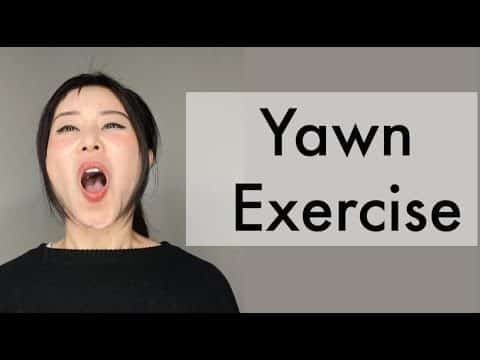
Yawning is a sign of fatigue, but it also has some health benefits. When you yawn properly, you’ll notice that your mouth opens wide and your tongue flattens out. This helps to prevent choking or inhaling foreign objects while you sleep, as well as increase the amount of oxygen in your lungs. If you want to give your breathing a boost, try yawning before going to bed at night or using it during brief breaks throughout the day when you feel tired (but are not exhausted).
Humming bee breath
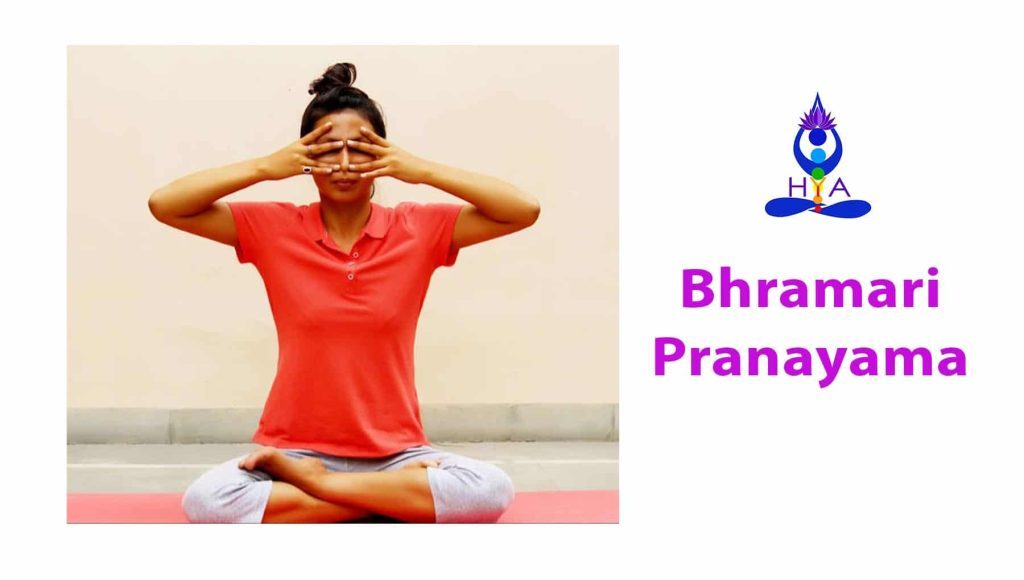
To practice humming bee breath, breathe in through the nose and out through the mouth. You can also use your fingers to create a “humming” sound as you breathe. Inhale for 4 seconds and exhale for 4 seconds; repeat this process continuously for 5 minutes. This exercise helps to strengthen your lungs, enhance circulation of blood around the body, reduce stress and anxiety levels, increase vitality and energy levels and promote mental well-being.
Rib stretch

The rib stretch is a great exercise for people who are new to breathing exercises, as it gently opens up the upper chest and ribs. If you have never done this before, it’s best not to push yourself too far.
For this workout, stand in an upright position with your feet hip distance apart. Place your hands on the lower ribs and breathe in slowly through the nose while expanding your abdomen as if you are filling an empty balloon with air. Hold this breath at the top of its expansion before exhaling through pursed lips until there is no breath left in your lungs. Repeat 5 times if desired before moving onto more advanced techniques such as belly breathing or alternate nostril breathing.
Buteyko breathing
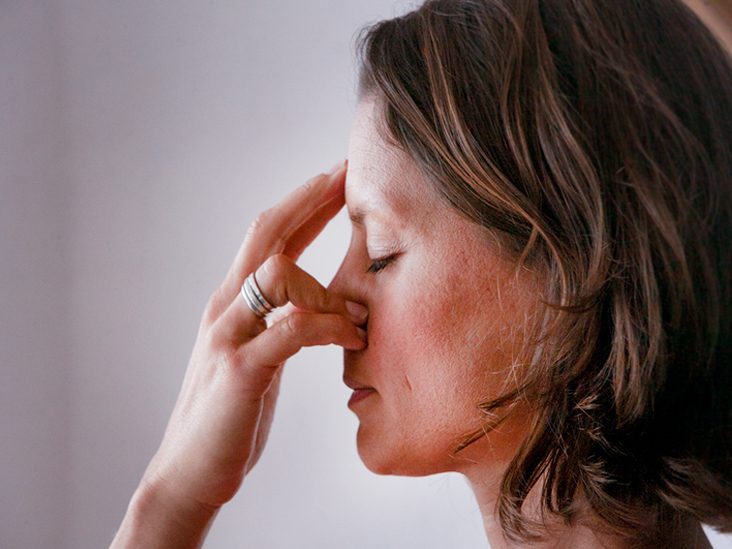
Buteyko breathing is a breathing technique that can help you control your breathing and reduce the symptoms of asthma. It involves taking deep, slow breaths from your abdomen. This can boost up lung function and make it easier for oxygen to reach your blood cells, reducing shortness of breath or wheezing that’s caused by an asthma attack. Buteyko breathing is not recommended for people with heart problems or those who have had recent surgery or another medical procedure involving their lungs.
Conclusion
A healthy, strong and efficient breathing system is essential for living a full, happy and productive life. When you are able to use your diaphragm properly, you can take in more oxygen into your body which will improve the function of all organs and systems. This means that when we workout, we will be able to perform better due to increased oxygen intake as well as reduced stress levels.











